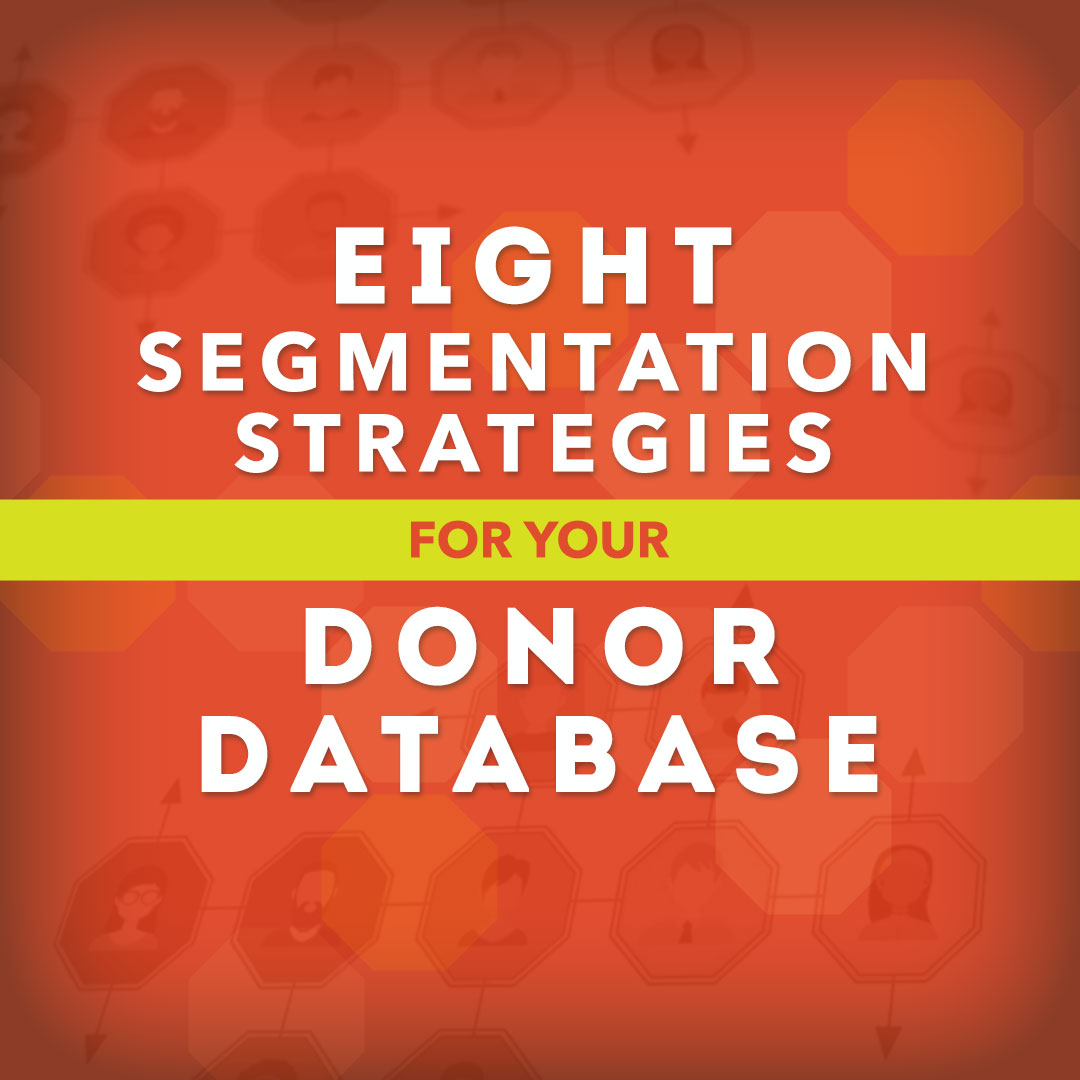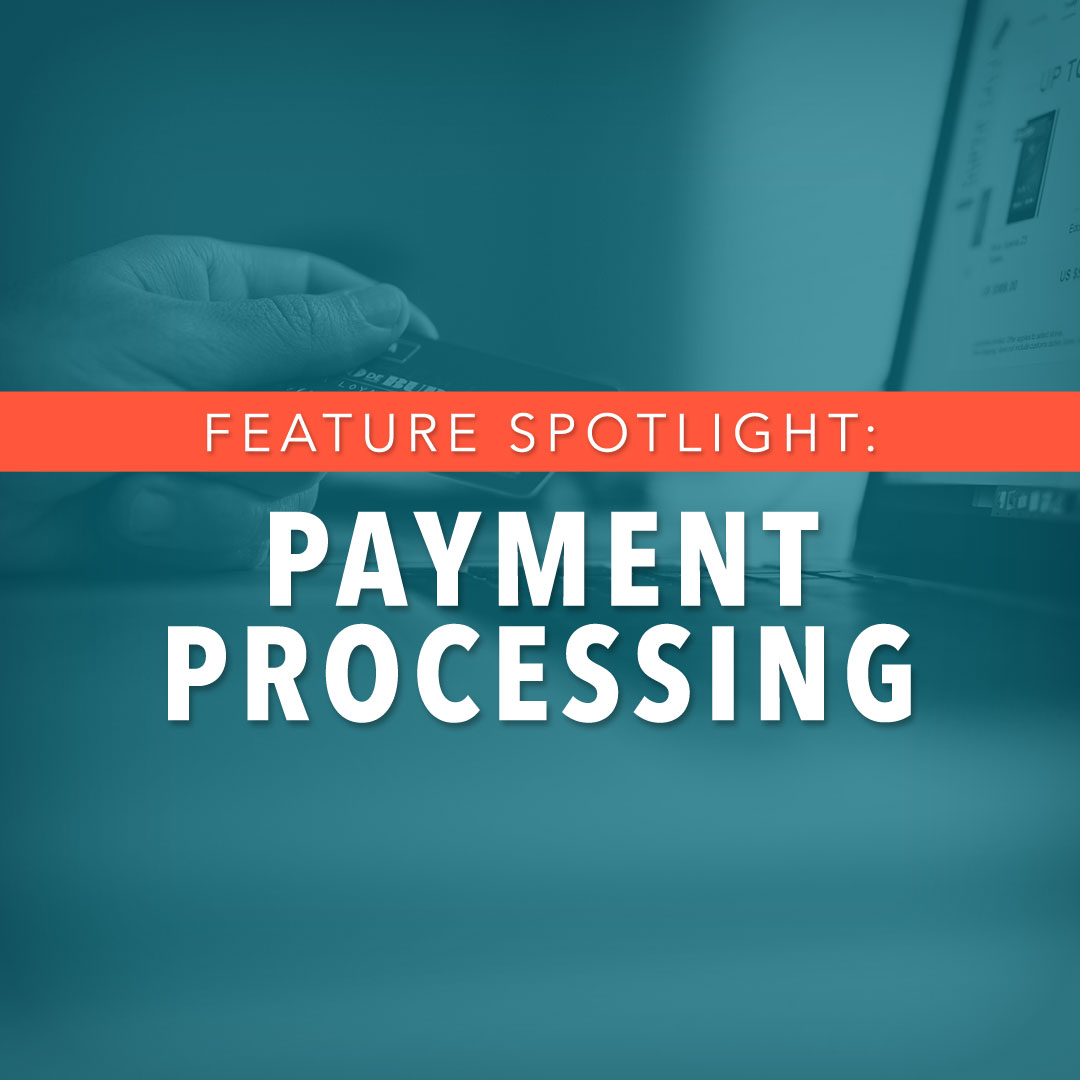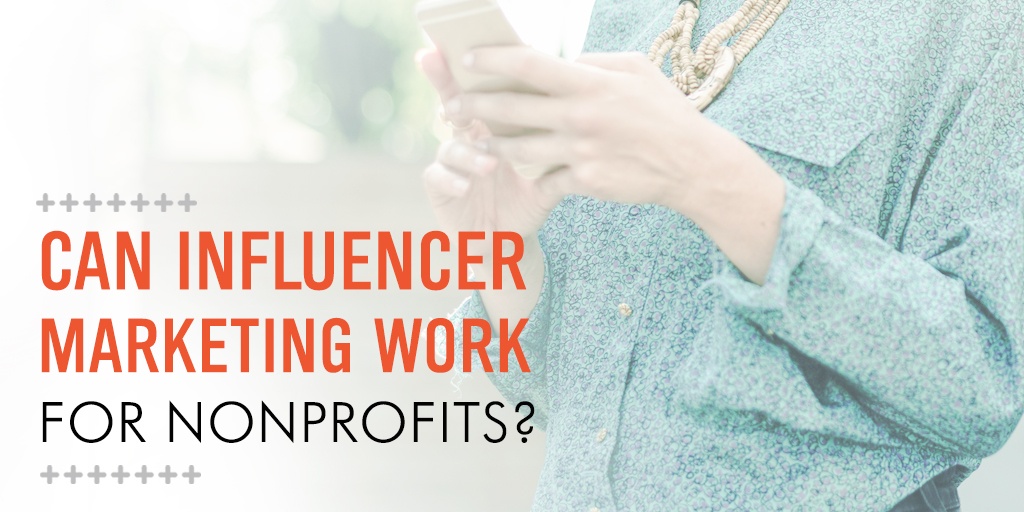As more and more individuals build successful brands and strong followings online through blogs and social media platforms, such as Instagram, Facebook, Twitter, and YouTube, companies continue to take notice.
From the early days of the popular “mommy blog” to a decade or so later when some Instagrammers have loyal followers that number into the millions, brand-influencer partnership has been wildly successful.
Nonprofit organizations can have the same success with influencer marketing, too, as these individuals typically love partnering with causes and even using their channels to raise money.
How to Start an Influencer Marketing Campaign
Influencer marketing simply means that someone with a large network of online followers will promote your organization to his or her audience. Sometimes, this “advertising” is paid for with cold, hard cash or free products; sometimes, there’s no compensation or something offered of little value. When an influencer posts about these types of arranged promotions, he or she must tag the post to disclose that it’s “sponsored” by the brand.
Beginning an influencer marketing campaign isn’t hard; it just takes a little bit of sleuthing and time.
- Look at current supporters. First, you need to find your influencers. Look for people who may already be supporting your organization. Start by combing through your email lists, donor database, and volunteer lists.
- Turn to Google. Next, search Google to help you find the type of influencers you’re targeting (i.e., type in “pet bloggers” or “Christian bloggers,” etc.). Start making a list of each potential influencer and check their social media platforms to get a good idea of the size of their online network.
- Who’s talking about you? Search through Facebook and Twitter mentions to see who is talking about your organization in their posts. They could be influencers on your behalf.
- Analyze your analytics. Search hashtags on Twitter, Facebook, and Instagram for topics that are related to your cause. Find out which influencers post most often about those topics.
Once you’ve created your list of possible influencers, you must first develop a relationship with them. Remember — an authentic relationship is key! Take your time to really interact with them; share, like, and comment on their posts. Once you have established the relationship, email them with a very clear ask, outlining specifically what you’d like them to do.
Several nonprofits already use influencer marketing well. If you’d like to study some examples, check out these organizations:
- charity:water (partnering with celebrities + empowering supporters to become influencers by donating their birthday and running campaigns)
- sponsorship organizations (Compassion, World Vision, Mocha Club) who partner with artists, writers and speakers, and
- Food For The Hungry, which has a strong blogger network


-1.jpg)







